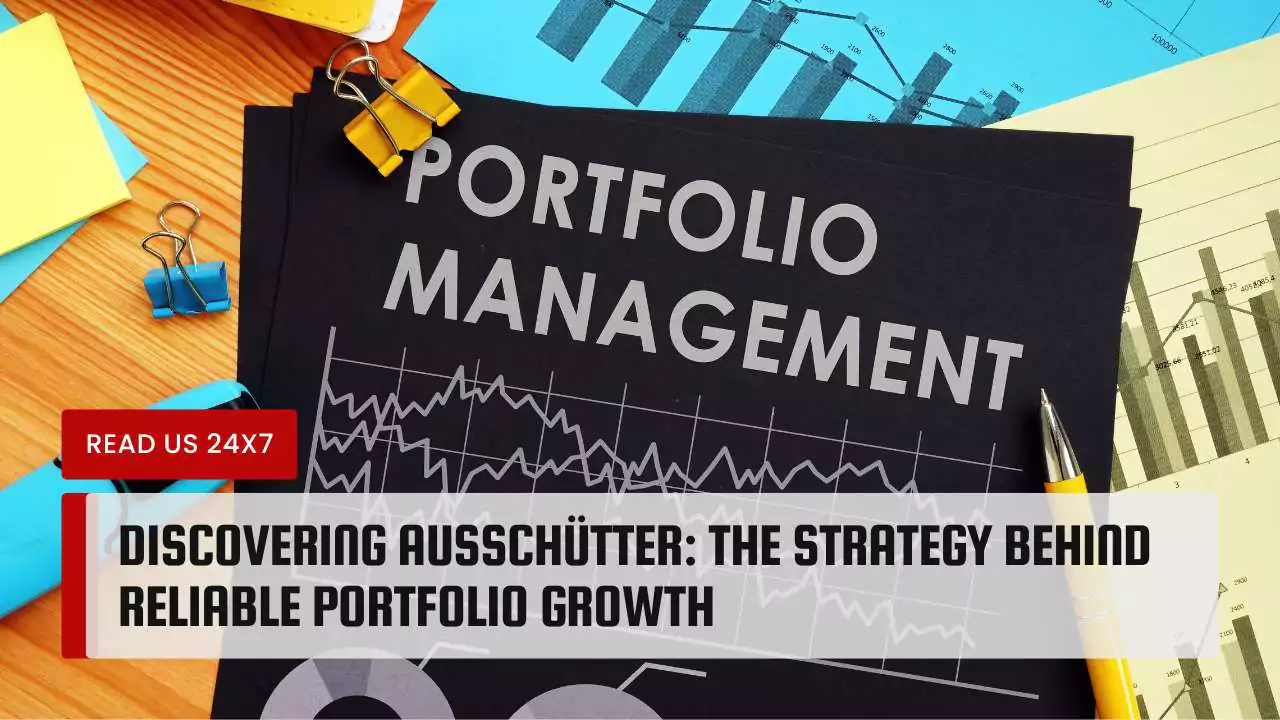In the world of investing, consistent and reliable growth is a top priority for many. Enter Ausschütter, a dividend distribution strategy used by some investment funds in Europe. But what exactly is Ausschütter, and how can it benefit your portfolio? This article delves into the concept of Ausschütter, exploring its workings, advantages, and how to evaluate its performance.
Understanding Ausschütter
Ausschütter, which translates to “distribution” in German, is a method where investment funds distribute a portion of their profits to shareholders on a regular basis, typically quarterly or annually. This contrasts with the more common accumulation strategy, where profits are reinvested back into the fund, potentially leading to capital appreciation over time.
Types of Ausschütter
Ausschütter comes in various forms, each tailored to different investment strategies:
- Investment Funds: Including mutual funds or exchange-traded funds (ETFs) focused on dividend-paying equities or fixed-income securities.
- Companies: Conventional stocks that pay dividends are representative of firms in several areas such as technology, finance, and consumer products.
- Real Estate Trusts (REITs): Focused on rental properties, passing most earnings to investors.
- Private Equity and Infrastructure Funds: Target specialized sectors offering high-yield opportunities.
How Ausschütter Works
Imagine you invest in an Ausschütter fund. The fund managers will invest your money in a variety of assets like stocks and bonds. As these assets generate income through dividends or interest, the fund accumulates profits. Under the Ausschütter strategy, a predetermined portion of these profits are then distributed directly to you, the shareholder. This provides you with a regular stream of income from your investment.
Advantages of Ausschütter
Reliable Returns
Ausschütter offers consistent payouts, beneficial for retirees or those needing predictable cash flow. This reliability ensures a steady income stream, regardless of market fluctuations.
Building a Balanced Portfolio
A well-rounded portfolio can be achieved by striking a balance between Ausschütter and growth-oriented investments. This diversification approach helps mitigate potential risks and contributes to long-term stability.
Tax Implications
Depending on jurisdictions, Ausschütter may come with reduced tax rates on dividends, offering a comparative edge. Navigating taxation is crucial for optimizing the benefits Ausschütter presents.
Evaluating Ausschütter Performance
Expert Insights and Trends
Market shifts have led to Ausschütter funds focusing on ESG-compliant companies. Additionally, regulatory changes and innovative strategies contribute to evolving trends in Ausschütter investments.
Real-World Examples
Case studies illustrate the effectiveness of Ausschütter in various scenarios. For instance, a retiree benefits from regular rental income through real estate trusts, while an investment fund maintains consistent distributions despite market volatility.
To summarize, Ausschütter offers a flexible investment strategy that provides dependable returns for investors who desire continuous dividends. Although it offers significant benefits like as consistent revenue and tax advantages, it is crucial to acknowledge the potential hazards associated with it, such as fluctuating payouts and difficulties in reinvesting. Ultimately, the choice of the appropriate Ausschütter hinges on ensuring that it is in line with your financial objectives and ability to handle risk. Investors can construct a well-rounded portfolio that enhances their overall investment plan by utilizing the distinct advantages it offers.



